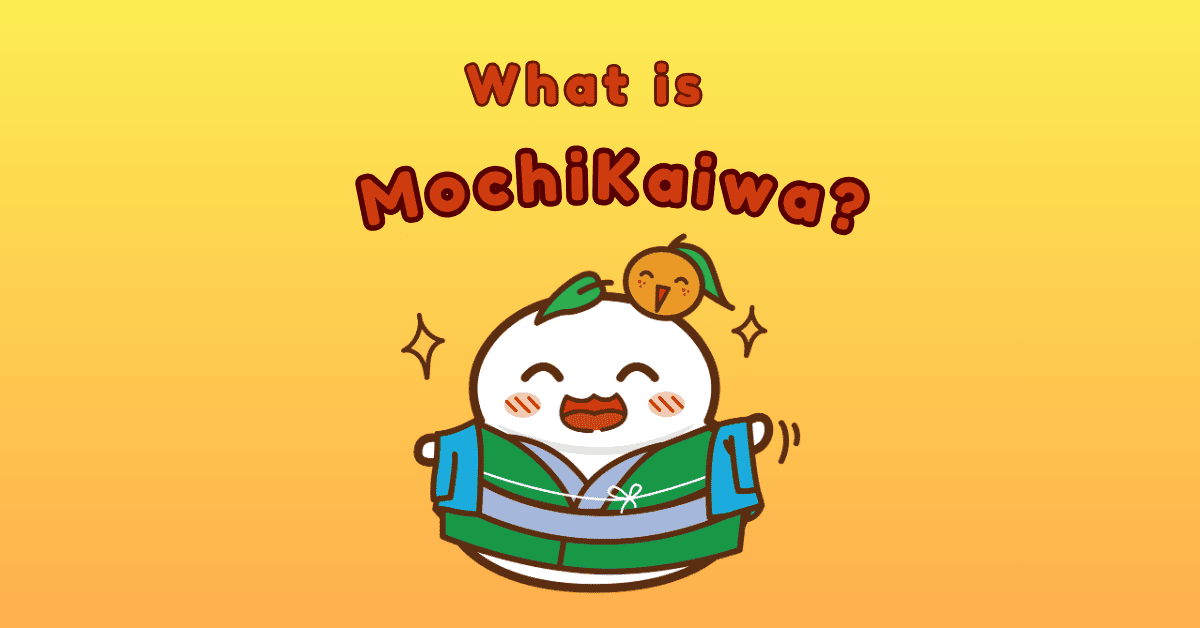Kanji are the basis of the Japanese educational curriculum. Japanese includes hiragana and katakana, but writing in kanji has the characteristic that it is easier to convey the meaning of the sentence itself than writing in hiragana. Learning Kanji means being able to read and write Japanese.
In addition, each kanji has a meaning. By understanding the meaning, you will be able to imagine the meaning of the idiom itself. Even if you have never seen an idiom before, if you know the meaning of the kanji, you can imagine the meaning of the idiom from the meaning of the kanji itself. For example, this kanji : 毎日 What do you think you’ll read? It is pronounced as “mainichi” – まいにち . If you know the kanji for “day 日”, you can probably guess that the word is related to day or time. The meaning of this word is “every day”.
So, one question has emerged how to learn Kanji, as well as memorize Kanji in a seamless way? Here are some tips for memorizing kanji effectively.
- Tip 1: Master Hiragana and Katakana
- Tip 2: Learn through Radicals
- Tip 3 : Flashcard and Spaced Repetition
- Tip 4: Focus on stroke orders of Kanjis
- Tip 5: Flexible your learning style

Tip 1: Master Hiragana and Katakana
These alphabets serve as a foundational knowledge of learning Kanji, as well as the Japanese generally. Here are some steps to help you learn them effectively:
1. Start with Hiragana: Hiragana is the basic syllabary used in the Japanese writing system. Begin by learning one row at a time (a-i-u-e-o, ka-ki-ku-ke-ko, etc.) and gradually add new rows.
2. Practice writing: Regularly practice writing hiragana and katakana characters on paper. This will help you memorize the stroke order and improve your handwriting.
3. Drill exercises: Utilize flashcards, online quizzes, or smartphone apps that provide practice exercises for hiragana and katakana.
4. Write and repeat: Write out each character multiple times, saying the pronunciation aloud as you write. Repetition is key to reinforcing your memory.
To memorize Hiragana & Katakana fast in just one week, try MochiKana – a Japanese learning app provides a detailed learning path and multiple quizzes that helps you master Japanese alphabets effectively.

Tip 2: Learn through Radicals
Learning kanji through radicals is an effective way to break down and understand the composition of kanji characters.
Here are the steps to learn kanji from radicals:
1. Understand the concept:
Radicals are the building blocks of kanji characters. Each radical has its own meaning and often provides a clue about the meaning or pronunciation of the kanji.
For example, 艹(くさかんむり)- くさかんむりrepresents plants.
草 – grass、花 – flower、苺 – strawberry、芋 – potato…etc
It is a radical used in the kanji for many plants.
Here’s another example with the radical 日
2. Learn basic radicals:
Start by learning common and simple radicals. There are around 214 radicals in total, but focusing on the most commonly used ones will give you a good foundation.
Common radical:
氵water radical 海 涙 波
木 tree radical 村 机 森
イ person radical 侍 休 仏
3. Practice and repetition:
Practice writing kanji characters using radicals repeatedly.
Write them in different contexts and sentences to reinforce memory and recognition.
Remember, learning kanji requires perseverance(ぱーさびあらんす) and practice, so be patient with yourself and stay consistent in studying.
Tip 3 : Flashcard and Spaced Repetition
Due to the huge number as well as the complexity of Kanji, finding effective and scientific learning methods is necessary.
There are two language learning approaches that their effectiveness is proven that I wanna introduce you guys: Learning through Flashcards and the Spaced Repetition system.
As for Flashcards, they are a tool used to aid memorization. They are typically small cards with a Kanji or Japanese word on one side and its definition on the other. Flashcards are particularly useful for learning Kanji and vocabulary. The noticeable benefit of flashcards is their portability. I mean you can take them with you anywhere, and study them whenever you have a few spare minutes. Whether waiting for a bus, standing in line at the grocery store, or sitting in a waiting room, you can use that time to study your flashcards. Also, it’s very easy to use. You don’t need any special equipment or technology, and you don’t need to be in a particular place to use them. All you need is a set of cards and a willingness to learn.
About the Spaced Repetition method, it is a method of transferring the knowledge we’ve learned to long-term memory by creating appropriate intervals between review sessions. As we all know, if we learn without practice, we can forget that knowledge easily.
However, if we practice in an unstrategic way, I mean you cram all the knowledge in a learning time, this acquisition is not as effective as we expect, even if you are likely to forget soon afterward and be overwhelmed. That’s why SRS is commonly used these days, especially for the sake of studying vocabulary.
Greatly, there is an app that combines these two ways that I find effective, and I usually recommend it to my audience, it’s called MochiKanji. It offers a powerful flashcard system, featuring high-quality visuals and mnemonics to help you memorize Kanji efficiently. The app’s interactive flashcards also include readings, meanings, and example sentences, providing a well-rounded approach to learning and mastering Kanji.
Tip 4: Focus on stroke orders of Kanjis
The rules of Japanese kanji stroke order are…
1. Left to right, top to bottom:
In general, strokes should be written from left to right and top to bottom.
This rule applies to most kanji characters, although there are some exceptions.
2. Horizontal before vertical:
When a horizontal and vertical stroke intersect, the horizontal stroke should be written first.
3. Dots and small strokes last:
Dots, small strokes, and minor details are usually written last after completing the main strokes of a kanji character. It is important to note that there can be variations and exceptions to these rules depending on the specific kanji character. Additionally, handwriting styles may differ between individuals. However, following these general rules will help ensure consistency and legibility when writing kanji characters.

MochiKanji provides a Kanji writing practice feature that guides you through the stroke order of each character. This interactive method ensures you master correct writing technique, improving your memory and fluency in real-world applications.
Tip 5: Flexible your learning style
There is a no-size-fits-all method, depending on the personal purpose, so be flexible in the style that works best for you. If you have a lot of time, take a lot of time every day to study. If you’re busy, just 30 minutes is fine. But either way, there’s no point if you don’t do it every day.
No matter how busy you are, just 15 minutes before bed is fine. Be sure to continue learning. For example, if you want to get better at playing the piano, do you think you’ll improve with practicing just 30 minutes once a week? I don’t think so. The same goes for learning Japanese, or any language. Hard work pays off only if you continue every day.
Let’s work hard together!







